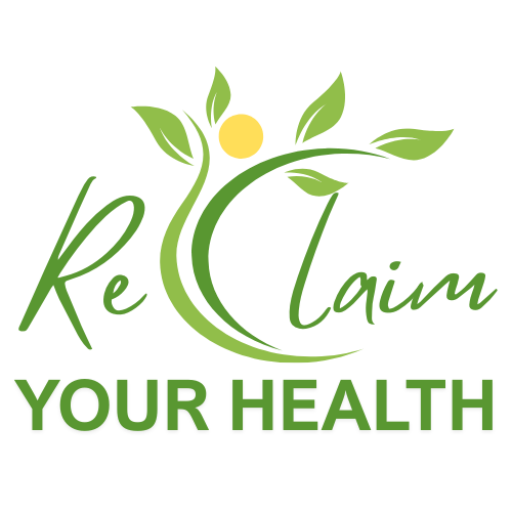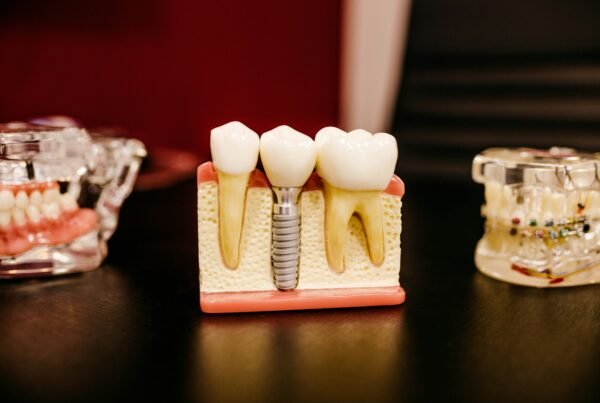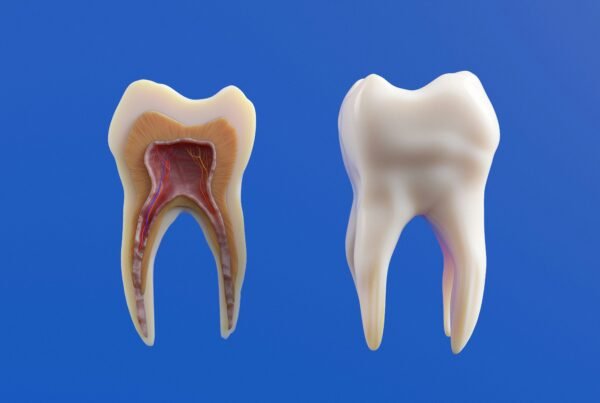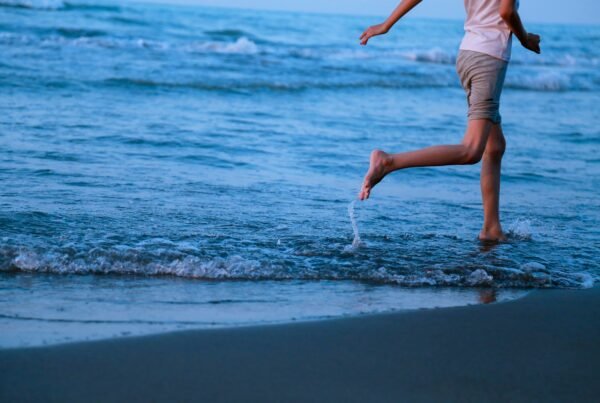Hydrotherapy is a very versatile and powerful therapy that can affect the body deeply in many ways. Its main effects are achieved through applications of water of varying temperatures, generally via applications to the skin, which can stimulate reactions from the body. In this article, I will explore the mechanisms of action of this therapy in more detail, especially with respect to the various temperatures used, the reactions from the body that these cause and their corresponding effects upon various systems of the body including the metabolism, circulatory, lymphatic and immune systems. Finally I will consider some important contraindications to using this therapy.
Are you interested in a holistic approach to health and nutrition that incorporates hydrotherapy? Read about my programs here.
The most important variable to consider in hydrotherapy is the temperature of the water. So important is the temperature, that hydrotherapy could, perhaps even more accurately, be called thermotherapy. Water is the ideal medium for this thermotherapy due to its high latent heat. The temperature of the water being applied stimulates different reactions in the body which will be discussed in the paragraphs below. The following table provides the various classifications of water temperature and their effects according to Boyle and Saine (1988):

Generally speaking, the greater the difference between the temperature of the water or other application being applied and the body temperature, the greater the reaction that will result from the body. As is evident from the temperature ranges and corresponding effects on the body given above, a greater temperature gradient is possible through the application of cold water than hot – if a normal body temperature is around 36-37 degrees, hot water can only give a gradient of a maximum of 8 degrees before becoming intolerable, while even a 25 degree difference on the cold side is still classified as tolerable. This corresponds with the more powerful results that can be achieved through working with cold water rather than hot. In the earlier days of hydrotherapy, cold water was often focussed on above all other temperatures, as discussed briefly in my essay on the history of hydrotherapy. Due to the greater potency of cold water, sometimes water colder than given above can be used for short applications, for example to take advantage of the greater latent heat available from the melting of ice compared to cold water. However, the most common temperature ranges used in hydrotherapy are those classified above as “hot” (36.6 – 40 degrees Celsius) and “cold” (12 – 18 degrees Celsius) (Sharma, 2019).
The body has several self-regulation mechanisms in order to keep it operating in the optimal way. One of these is the system of temperature regulation. Since the regulation of body temperature is so vital for the health and life of the body, any change will immediately be noticed by the central nervous system via stimulation of the sympathetic nervous system, followed by regulation by the parasympathetic nervous system. The hypothalamus will react to adjust the blood circulation to the affected area through changes in the blood vessels (Sharma, 2019). Hydrotherapy utilises this self-regulation system by applying in various ways different temperatures of water to the body in order to stimulate a specific reaction from this regulation system. Often, this reaction from the body is the main goal of the treatment (the reactive effect), rather than the initial change to the body made by the application of water (the intrinsic effect). The length of time that the heat or cold is applied for is often the deciding factor in which effects are more powerful and lasting. I will now explain the various possible reactions to the application to either hot or cold water per the temperature classifications given above and how these differ according to the lengths of exposure.
As stated above, the general effects obtained by the application of water depend upon the temperature and the length of time that it is applied. More specific effects can be obtained by applying the water to different parts of the body, but that is beyond the scope of this essay. Short applications of hot water stimulate the circulation through an intrinsic effect of vasodilation and the metabolism through the intrinsic effect of the heat raising the temperature of the body. A longer application of hot water (generally classified as being over 5 minutes at a constant temperature) also stimulates the metabolism through its intrinsic heating effect but results in a depressive reactive effect via vasostasis of the blood vessels. Long cold also predictably has a depressive effect on circulation through the intrinsic effect of vasoconstriction, whereby blood supply to the extremities is cut off in order to preserve body heat. Long cold applications also have a depressive (intrinsic) effect on metabolism due to the reduced body temperature that results. Short cold applications (generally considered to be those of less than 1 minute of duration) have a stimulating effect on both of these systems, but this time through a reactive effect – the circulation through a reaction of vasodilation and the metabolism through the metabolism rising to boost body temperature in order to better deal with the cold stimulus (Sharma, 2019).
The effects from short applications of cold water are the most interesting and potentially useful in treatment. Not only do they boost both circulation and metabolism, like short applications of hot water, but they give other useful reactions in the body. Furthermore, the circulatory and metabolism effects achieved through short cold applications are more powerful than those from short hot. Short applications of cold water have been found to increase oxygen absorption, carbon dioxide excretion, nitrogen absorption and excretion (through the improved digestion of proteins (Abbot, 1912)), tissue tone, peripheral white and red blood cell count and decrease blood glucose levels (Boyle, 1988). All of these effects are either not present in short applications of hot water or the effects from cold are greater.
The most powerful effects of this therapy can be achieved through combinations of different temperatures for varying lengths of time. One simple example of this is contrast hydrotherapy via alternating hot and cold showers. As long as the exposure times of the hot and cold water cycles are kept to what was classified as “short” applications (under 5 minutes for hot and under 1 minute for cold), the effects of the combination will be more powerful and longer-lasting (Sharma, 2019). If such techniques are used regularly over long periods of time, they will result in a significant improvement in the circulation and composition of the blood and lymph. The increased circulation will affect the entire body through increased elimination of toxins and metabolic wastes and providing better nourishment to all parts of the body, resulting in more healthy tissues and cells. The changes in the blood and lymph include the blood becoming more alkaline through an increased oxidation of waste products and higher peripheral circulation of white and red blood cells (Sharma, 2019). The combination of the above also results in a more active and powerful immune system.
Before considering the practical application of hydrotherapy, it is important to understand the relevant contraindications to treatment to avoid doing any harm. The first and most simple of these is to avoid applications of cold water to a body that is already cold. For this reason, applications of cold are generally preceded by an application of warm water to ensure that the body is at a suitable temperature before commencing the intended treatment. In some situations the body will already be at an acceptable temperature beforehand, so the prior application of heat would not be necessary. In others, the body might be especially cold, for example if the patient is old and/or weak and more warmth may be required before considering the application of cold to avoid worsening the condition. In the case of kidney or bladder issues, cold foot baths and cold baths in general, as well as snow or dew walking should all be avoided. If varicose veins are present, or phlebitis or thromboses, increasing temperature foot baths as well as leg and knee affusions should be avoided. Finally, bathing is contraindicated in cases of heart congestion due to the depth of the water and the pressure this would exert upon certain parts of the circulatory system (Sharma, 2019).
Are you interested in a holistic approach to health and nutrition that incorporates naturopathic hydrotherapy? Read about my programs here.
In conclusion, naturopathic hydrotherapy is a very powerful discipline that can be used to significantly affect the body and realise changes in health of patients. Combined with the universal availability of water and the low cost of treatment, it is a great shame that the knowledge and popularity of this discipline has fallen dramatically from its previous great heights. However, we can be thankful that the knowledge is not lost and continues to be passed down through practitioners particularly in Germany and the USA.
References and further reading
Abbot, GK, 1912, Elements of Hydrotherapy for Nurses, Teach Services Inc., United States of America
Boyle, W, Saine, A, 1988, Lectures in Naturopathic Hydrotherapy, Eclectic Medical
Publications, Oregon, USA
Kellogg, J, 1903, Rational Hydrotherapy, F. A. Davis Co. Philadelphia, USA
Kniepp, Sebastian, My Water Cure
Sharma, Mary, 2019, Naturopathy Course Notes: Module 9 Hydrotherapy, School of
Health, Stroud, UK





